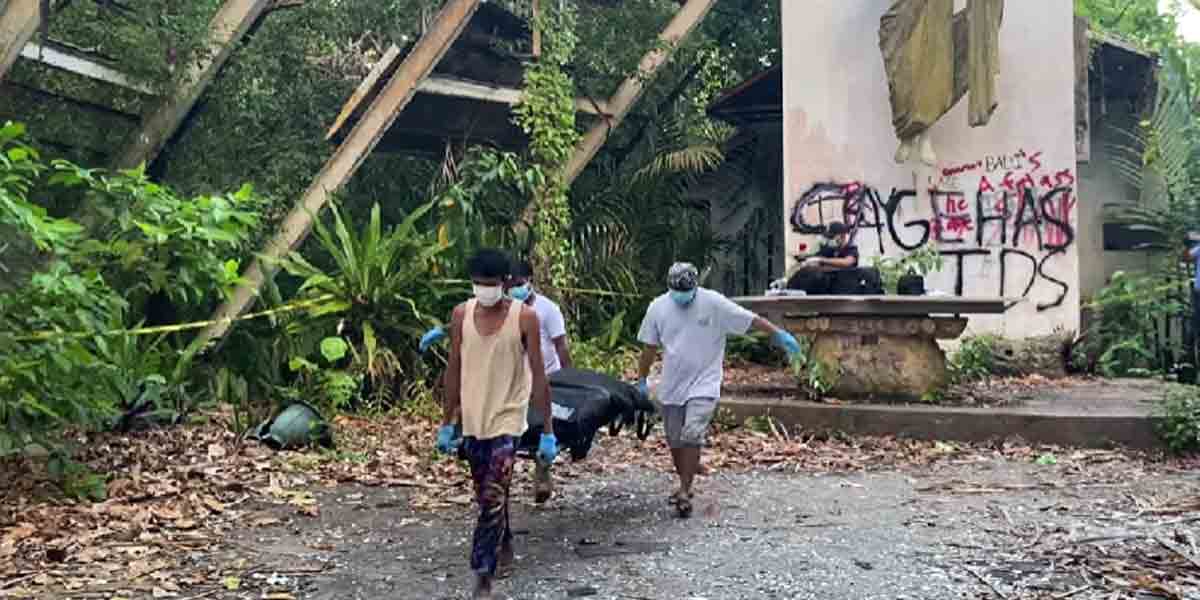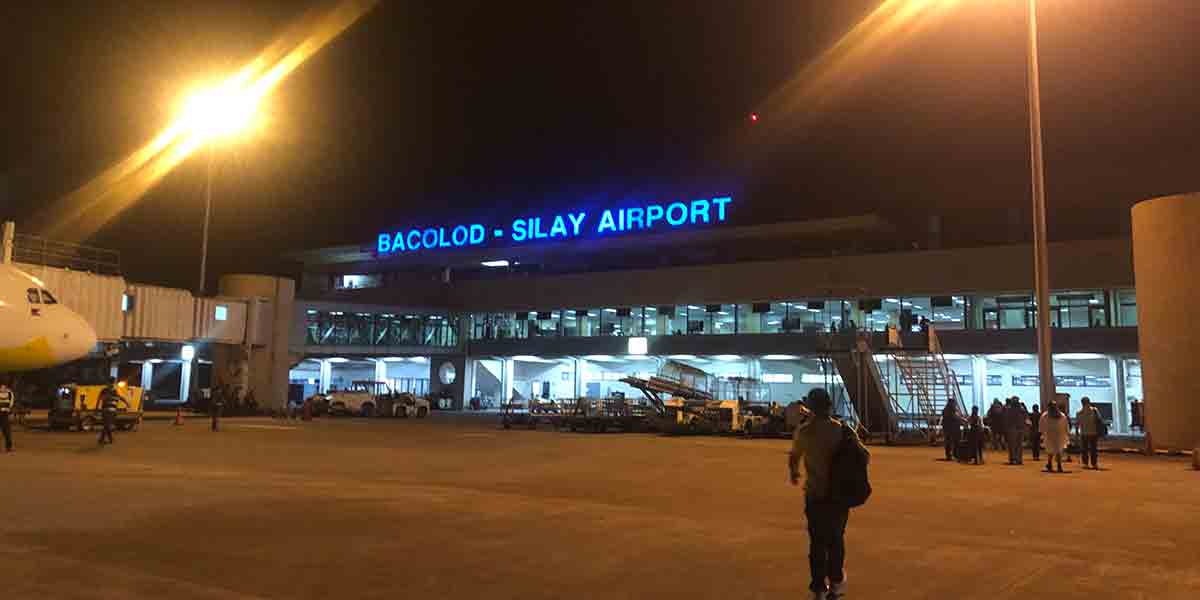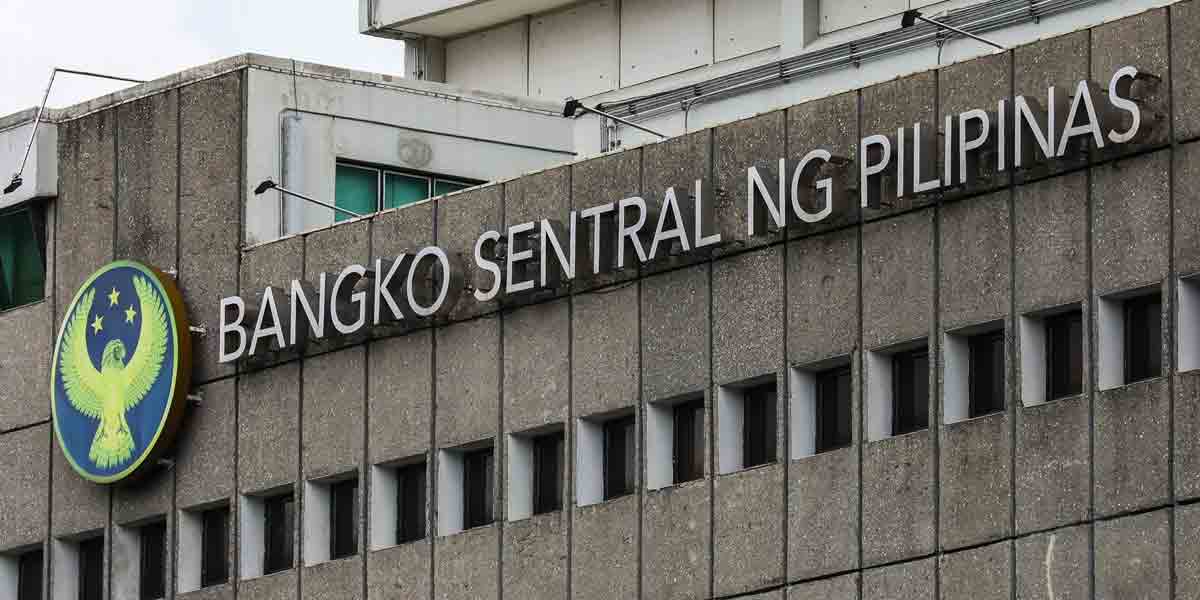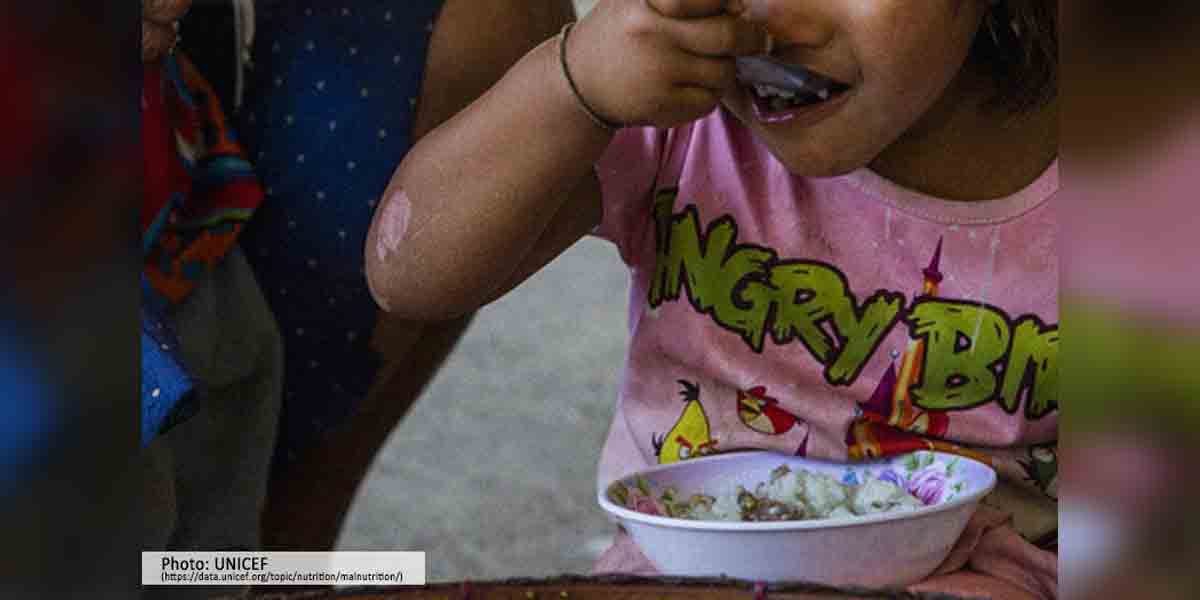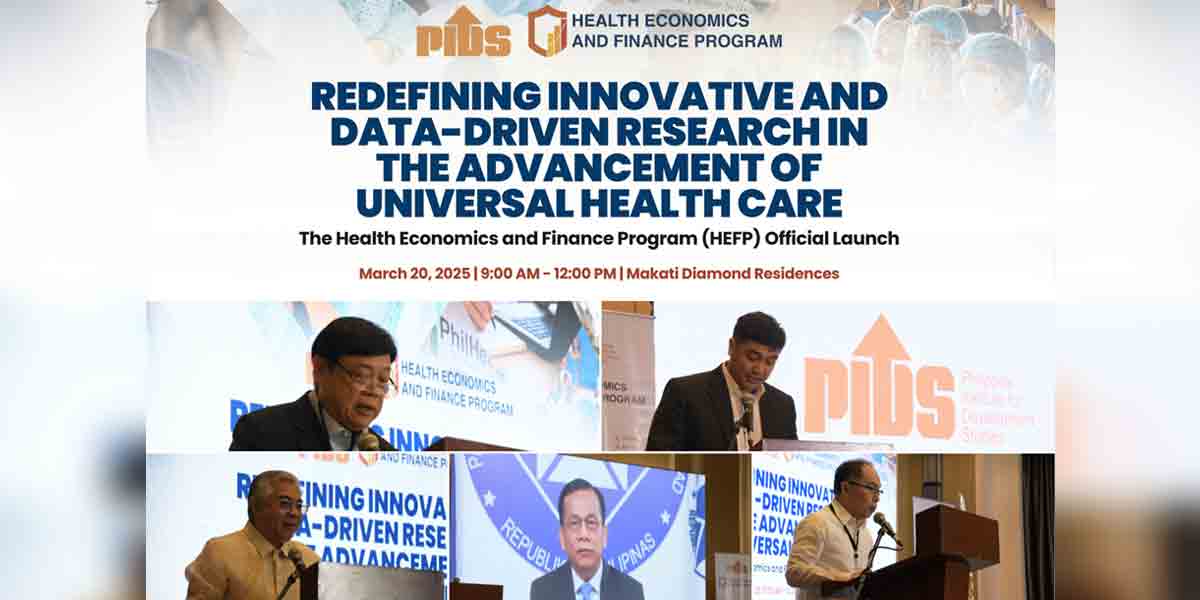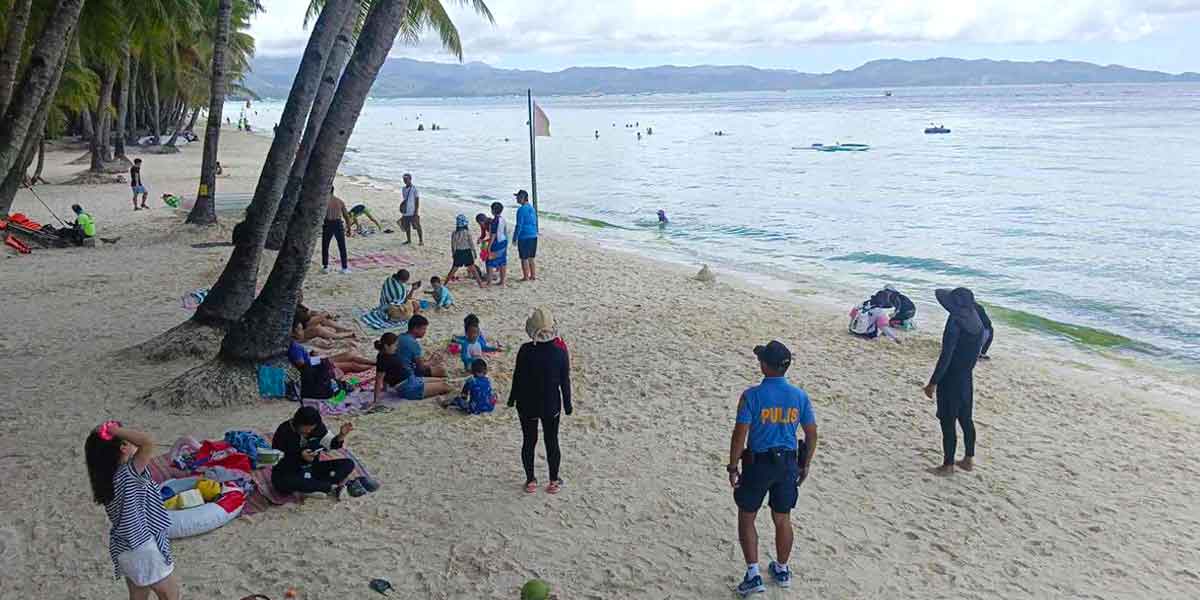Data compiled by the World Health Organization (WHO) indicate the severity of disruptions caused to the delivery of health services for neglected tropical diseases (NTDs), with fewer people treated during large-scale treatment campaigns, as compared with more than one billion annually since 2015.
Data reported to WHO by countries as of September 2021 show that 732 million individuals received treatment for at least one of the five1 NTDs in 2020.
The figures also show that in 2020, WHO coordinated the distribution of 1.081 billion treatments2 worldwide.
“Disruptions are widespread, as indicated in WHO’s pulse survey, earlier this year3, with community-based interventions and large-scale treatment programmes impacted in 60% of countries,” said Dr Afework H. Tekle, Unit Head, Strategic Operations, Department of Control of Neglected Tropical Diseases. “NTD programmes have also had to deal with other factors associated with the pandemic, such as production delays, interruptions in the shipment and delivery of donated medicines to treat at-risk and affected populations, and re-purposing of essential staff.”
Data reporting and disruptions
So far, 62 countries reported on implementation of large-scale treatment programmes (preventive chemotherapy or mass drug administration) for at least one of the five target diseases. Overall, 344.6 million were treated for lymphatic filariasis, 94 million for onchocerciasis, 429 million for soil-transmitted helminthiases, 66.1 million for schistosomiasis and 32.8 million for trachoma.
The other ways in which NTD activities were affected include:
disruption of community-based interventions;
delays in diagnosis, treatment and care, and other health facility-based services;
discontinuation of monitoring, reporting and evaluation activities; and
repurposing of financial resources.
The health consequences of the disruptions can increase the burden of NTDs, delay the achievement of public health goals set for some NTDs as well as impact the collection, analysis and sharing of epidemiological data for planning purposes.
Mitigation measures
To mitigate the impact of the pandemic on NTD activities, WHO took decisive steps to implement measures that comprise:
development of several guidance documents and online resources;
advocacy, consolidation of leadership, webinars, dissemination of information and provision of tailored technical advice to Member States and partners;
advice on adapting NTD platforms to accommodate COVID-19 activities, including community handwashing, contact tracing, raising awareness, addressing misinformation and providing sanitation supplies;
monitoring of production, shipment, delivery and distribution of NTD medicines and other medical consumables; and
modelling to assess the impact on achieving targets.
Some of these measures have enabled a progressive resumption of community-based interventions, especially large-scale treatment programmes, and a general improvement of NTD activities, although significant service gaps remain.
Reports for 2020 from several countries have not yet been submitted to WHO or are currently under review. Data from these countries will be available in the WHO Global Health Observatory.4
——————-
Lymphatic filariasis, onchocerciasis, soil-transmitted helminthiases, schistosomiasis and trachoma.
For some NTDs, more than one tablet is needed according to the height and age of the individual.
The survey indicated that, as of early 2021, disruptions of NTD services occurred in 44% of countries and that the proportion of countries reporting severe disruptions of NTD activities was the highest among all health services.
WHO Global Health Observatory – neglected tropical diseases. Geneva: World Health Organization; 2021 (https://www.who.int/data/gho/data/themes/neglected-tropical-diseases, accessed September 2021)



